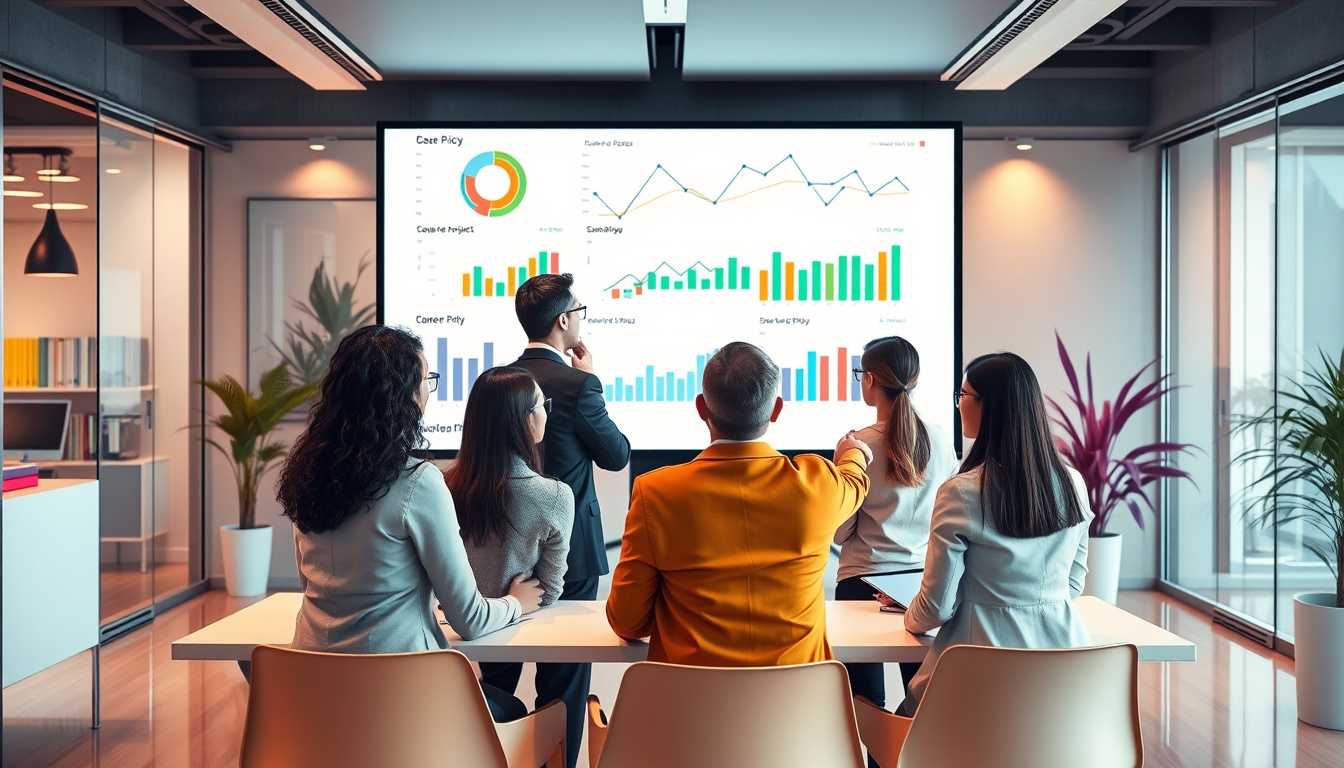Navigating the Future: A Comprehensive Guide to Economic Scenario Analysis


In today’s fast-paced financial environment, businesses, investors, and policymakers are continually seeking ways to prepare for an unpredictable future. One vital tool in this planning arsenal is economic scenario analysis. This strategic method allows organizations to envision different future economic states, analyze potential outcomes, and develop action plans to navigate uncertainty effectively. In this article, we will delve into what economic scenario analysis entails, its significance, methodologies, and how it can be beneficial for various stakeholders.
What is Economic Scenario Analysis?
Economic scenario analysis is a structured approach that uses hypothetical narratives to explore the potential impact of various economic events and trends on financial performance or strategic objectives. By simulating a range of scenarios—ranging from best-case to worst-case situations—organizations can gain insights into how different factors might play out over time.
The Importance of Economic Scenario Analysis
The significance of economic scenario analysis cannot be overstated. Here are some key reasons why this practice is crucial:
- Risk Management: Organizations can identify and assess potential risks associated with different economic conditions, enabling them to implement appropriate risk mitigation strategies.
- Strategic Planning: By examining various scenarios, businesses can adapt their strategies to align with possible future states, ensuring they remain resilient regardless of economic fluctuations.
- Decision-Making: Economic scenario analysis provides data-driven insights that aid decision-makers in evaluating the potential outcomes of their actions before implementing them.
- Resource Allocation: Understanding how various economic scenarios could impact operations allows businesses to allocate resources more effectively and prioritize initiatives that align with their long-term goals.
Methodologies of Economic Scenario Analysis
There are several methodologies used in economic scenario analysis, each with its own advantages. Below, we explore popular approaches:
1. Qualitative Scenarios
Qualitative scenarios are narrative-based and rely on subjective judgment rather than quantitative data. They aim to create a vivid portrayal of possible futures based on societal trends, technological advancements, regulatory changes, and other qualitative factors.
2. Quantitative Models
Quantitative models use statistical techniques and historical data to predict future outcomes. By applying mathematical algorithms, organizations can forecast the likelihood of various economic scenarios, making this approach particularly valuable for businesses that prefer data-centric analysis.
3. Hybrid Approaches
Some organizations opt for a combination of qualitative and quantitative approaches, leveraging the narrative context of qualitative scenarios with the rigor of quantitative models. This hybrid methodology can offer a more comprehensive view of potential futures.
4. Stress Testing
Stress testing is a specific form of economic scenario analysis focused on exploring the effects of extreme but plausible events, such as a financial crisis or a sudden economic downturn. Organizations use this method to assess their financial health and robustness in the face of severe shocks.
Best Practices for Conducting Economic Scenario Analysis
To conduct effective economic scenario analysis, organizations should consider the following best practices:
- Define Clear Objectives: Begin with a clear understanding of the purpose of the analysis. Are you evaluating investment opportunities, assessing risk exposures, or planning for strategic initiatives?
- Involve Key Stakeholders: Engage experts from different departments (finance, operations, risk management) to provide diverse perspectives that enhance scenario development.
- Focus on Key Variables: Identify critical economic indicators and variables that will significantly impact your organization and incorporate them into your scenarios.
- Review and Update Regularly: The economic landscape is constantly evolving. Regularly review and update your scenarios to reflect new data, trends, and emerging risks.
- Communicate Findings: Ensure that the outcomes of your scenario analyses are effectively communicated to relevant stakeholders within the organization, fostering a culture of informed decision-making.
Conclusion
As we continue to navigate an ever-changing economic landscape, understanding and implementing economic scenario analysis becomes essential for organizations aiming to thrive in uncertainty. By exploring potential futures and developing proactive strategies, businesses can not only safeguard their interests but also identify opportunities that arise amid challenges. By adopting best practices and leveraging both qualitative and quantitative methodologies, you can set your organization on a path to resilience and success.
Whether you're a business leader, investor, or policymaker, mastering economic scenario analysis will equip you with the insights needed to make informed decisions today for a prosperous tomorrow. Embrace this tool, and prepare your organization to face whatever the future may hold!




